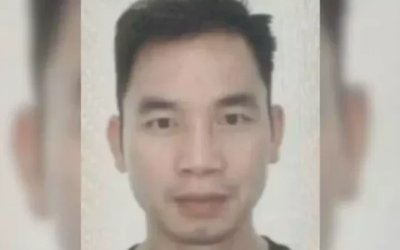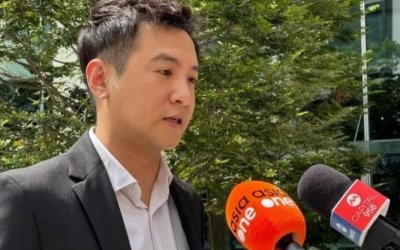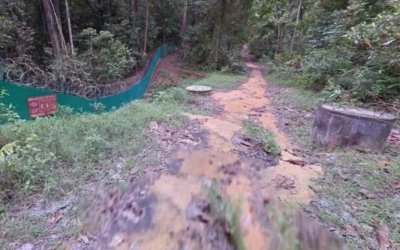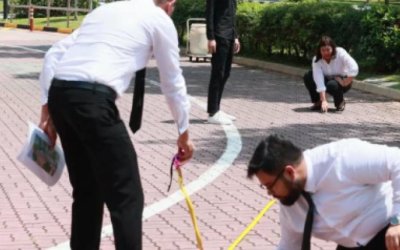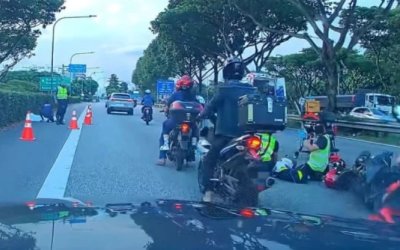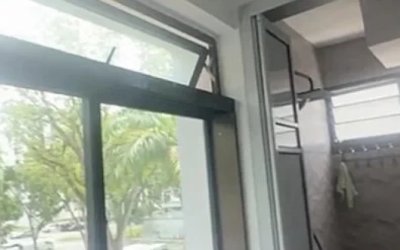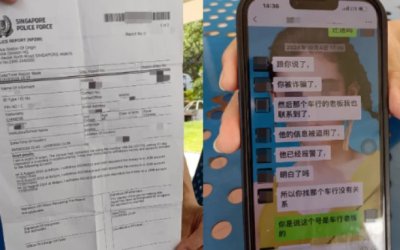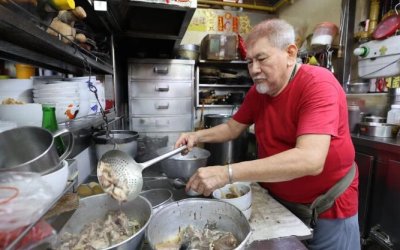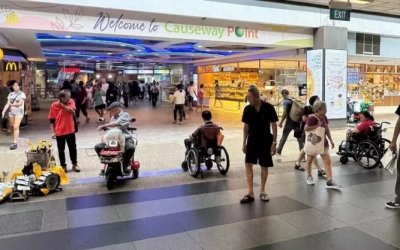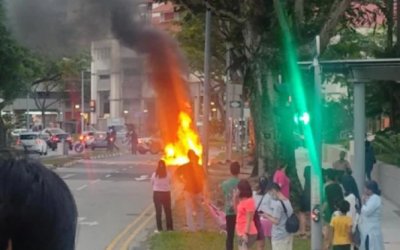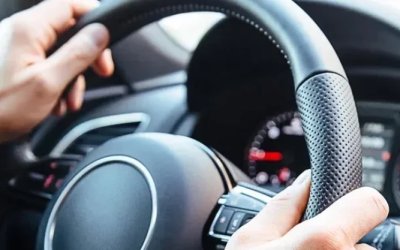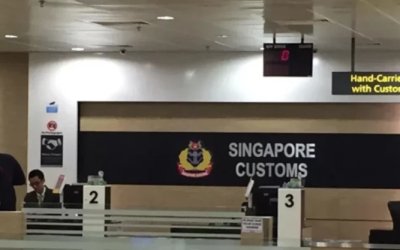But actually, that is not the limiting factor. We can always triage in the ambulances. It is a small problem. What we need to watch out for are Intensive Care Unit (ICU) occupancy, resuscitation occupancy. If those are full, we divert the ambulances. Ambulance bays are full, we can handle. On the surface, it looks bad; but actually, operationally, it is not a huge problem to overcome.
Assoc Prof Jamus Lim suggested using more Urgent Care Centres (UCCs). UCCs have been useful and effective. We have also been using the General Practitioner First (GPFirst) scheme, especially around Changi area, and that is also useful, and we will continue to deploy all possible methods to alleviate patient loads at the EDs.
To tackle the challenge more fundamentally, we need to expand capacity and catch up with the time lost, due to the COVID-19 pandemic.
We opened about 640 new acute and community hospital beds since June last year. They make up the over 11,000 public hospital beds that we have today. That is the stock we have – 11,000. We intend to add another 4,000 beds by 2030. And we should see new capacity coming on stream every year, from now to 2030.
Starting this year, and next, in 2024 and 2025, Woodlands Health will commission up to 700 beds. In 2026, Sengkang General Hospital and Outram Community Hospital are expected to expand by about 350 beds by converting non-clinical areas into hospital wards. Then in 2027, the Elective Care Centre at Singapore General Hospital (SGH) is expected to open; that has 300 beds. In 2028 and 2029, the redeveloped Alexandra Hospital is expected to open progressively. Then in 2029 and 2030, the new Eastern General Hospital Campus is expected to open progressively. Then we move into the early 2030s, that is when we hope to see the completion of a new regional public hospital that we have started work on.
We have just completed one in the North, Woodlands Health. We are building another one in the East. We are expanding SGH in the central region. So, the next new public hospital should be in the West. We are planning to site it in Tengah Town, which is an emerging population centre. It will best complement current hospitals in the West. The new hospital in Tengah will be run by the National University Health System cluster. Mr Ang Wei Neng is nodding his head.
Notwithstanding this plan to expand capacity, we should not be trapped in the mindset of "building hospitals" when thinking about capacity. There is potential to better anchor care outside of hospitals, in the community.
Not all patients require high acuity care and constant monitoring in a hospital throughout their treatment course. Many need convalescent care and rehabilitation, with the assurance that medical help is readily available nearby. That is why we have built more community hospitals for sub-acute and rehabilitation patients, and Transitional Care Facilities for patients who are waiting for longer-term care arrangements.
With our efforts, the number of long-staying patients have come down, and these are patients defined as medically stable for discharge but they have been staying in the hospitals while waiting for longer-term care and they have been staying for longer than 21 days. This is what we refer to as long-staying patients. Two years ago, it was about 300 such patients at any one time in our hospital system. Now, it is under 200 patients at any one time and there is still room for improvement.
To facilitate appropriate transfers from acute hospitals to community settings, we will also be making a few policy changes, as follows.
One, more funding for community hospitals. Acute hospitals have experienced friction in transferring suitable patients to community hospitals. Why? For example, certain diagnostic services, such as computed tomography (CT) and magnetic resonance imaging (MRI) scans and certain more expensive drugs, are not subsidised in community hospitals today. This is based on the consideration that these are recovering patients and they may not need these interventions. Unfortunately, this means operational delays in transferring patients to community hospitals. There are patients who are medically ready to be transferred, but they are just waiting for a follow-up scan. They should be transferred without delay and do the scan at the community hospitals.
Others worry that after transfer, what if, unexpectedly, I need a scan for some reason. Hence, they insist on staying in the acute hospital, just in case. To remove this friction, from the last quarter of this year, we will allow more diagnostic services like CT and MRI scans and relevant drugs to be subsidised at community hospitals.
More broadly, we will also align the community hospital subsidy framework to the acute hospital subsidy framework. It used to be different. That way, patients receive the same subsidy rate, which is 50% to 80% throughout their inpatient stay, regardless of settings. With this enhancement, most community hospital patients will see smaller hospital bills.
The second change is to make Mobile Inpatient Care at Home (MIC@Home) a mainstream service. What is MIC@Home? This is a pilot project where we set up virtual hospital beds at the homes of patients, and have doctors and nurses visit them, as if they are in the hospital. Dr Tan Wu Meng, Mr Pritam Singh, Ms Ng Ling Ling and Ms Mariam Jaafar have asked or talked about such a scheme.
11.30 am
At the end of last year, more than 2,000 patients have benefited from the scheme. This translates to around 9,000 hospital bed days saved. Having done this for several months, we are convinced that the scheme works well for the patients and has great potential to relieve stress at hospitals.
Hence, from April this year, MIC@Home will become a mainstream model of care in our public healthcare institutions. As a result, patients can be assured that they will not pay any more for MIC@Home than they do for acute inpatient care in a public hospital. All our hospitals intend to price MIC@Home similar to, or lower than, a normal hospital ward. Patients will be supported by subsidies, MediShield Life and MediSave, no different from a physical inpatient stay.
In response to Assoc Prof Jamus Lim's suggestion, I do not think we therefore need to give an incentive for transition to home care now. It will be better to develop MIC@Home into a well-accepted mainstream mode for acute inpatient care. We will also further expand the capacity of MIC@Home, as a first step, from 100 in 2023, to 300 in 2024, with the potential to scale up further.
The third change is to encourage telehealth. Sir, 40% of attendances in a typical polyclinic are for chronic care management. Last year, we extended subsidies and allowed the use of MediSave for the use of telehealth, for chronic care. By the second half of this year, we will also expand MediSave coverage to telehealth consults for preventive care services, such as follow-up reviews after regular health screening. This represents another 10% of polyclinic attendances.
With this change, telehealth is treated almost the same way as physical consultations in terms of financial support. The only difference is telehealth for common illnesses, that is, when patients experience symptoms, like cough, cold and fever. Patients still cannot use MediSave for such consults for common illnesses. Also for a good reason. We are holding this back as many people have been using such teleconsults as an easy way to get medical certificates (MCs). So, there will need to be greater discipline in issuing MCs before we consider this final move.
新加坡國會丨來源
新加坡國會丨圖源



